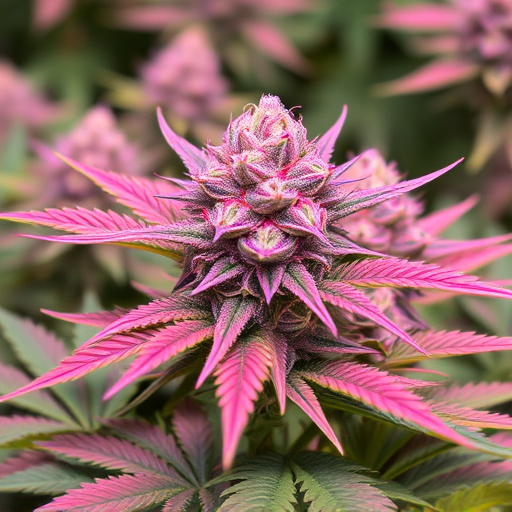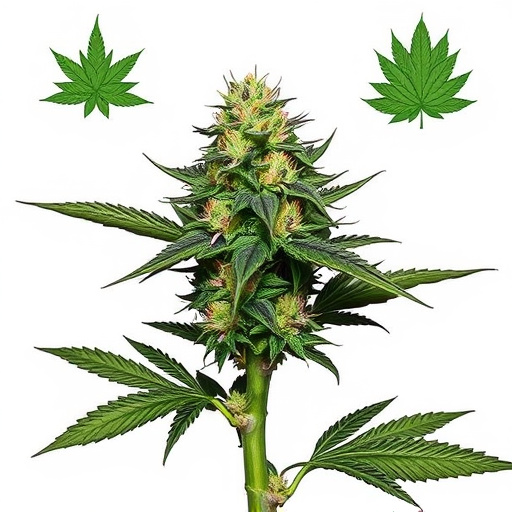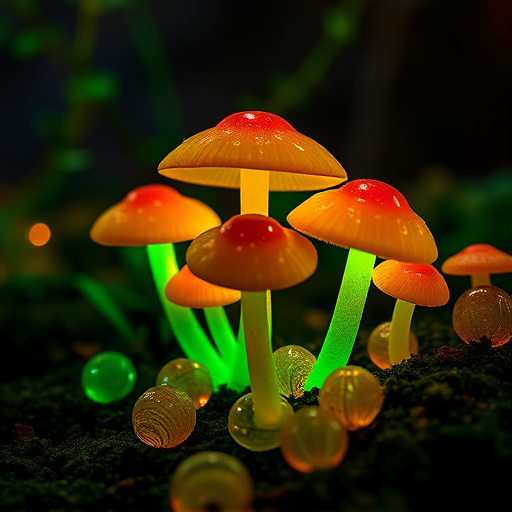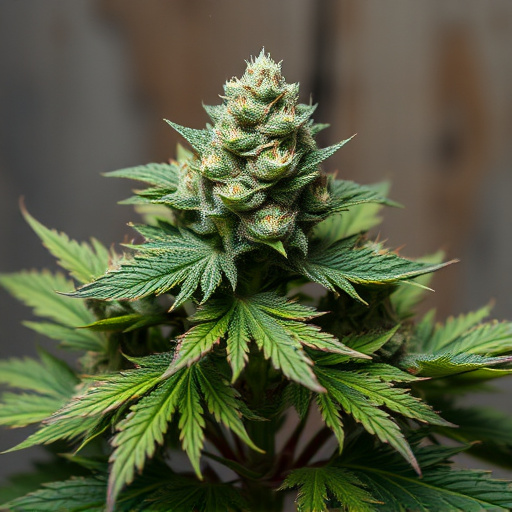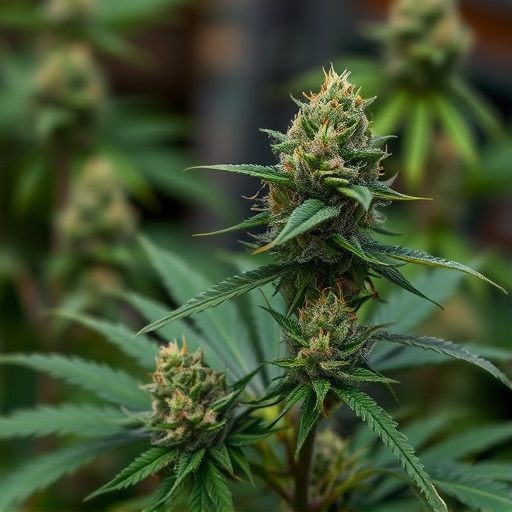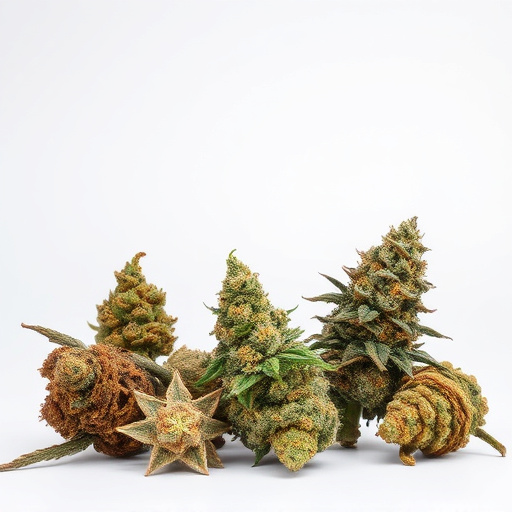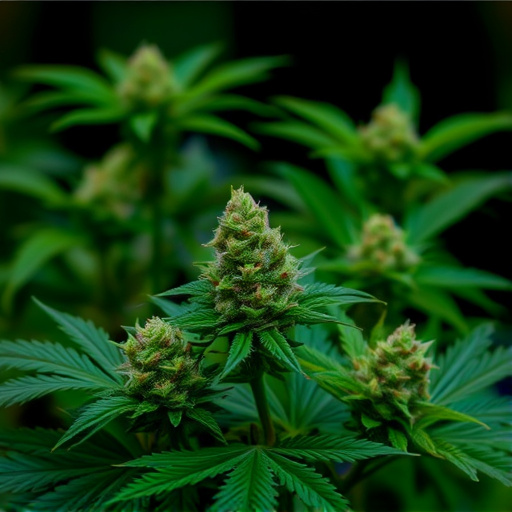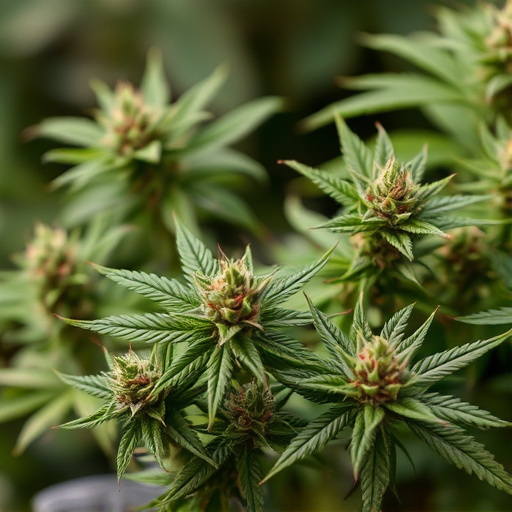Anxiety and appetite are closely linked, with cannabis, especially anxiety weed strains, offering temporary relief through increased hunger ("the munchies") due to THC interaction with the endocannabinoid system. While these strains can manage short-term anxiety, relying on them for emotional support may not address underlying causes. Exploring alternative coping strategies and professional help is crucial for long-term management of both anxiety and appetite-related cravings. Research into cannabis composition and its effects on appetite provides insights into medical applications, empowering users to choose suitable strains like those with higher CBD and lower THC content for specific conditions like anxiety.
“Unraveling the science behind the ‘munchies’—a phenomenon that has intrigued researchers and cannabis enthusiasts alike. This article delves into the complex relationship between anxiety, appetite, and marijuana consumption. We explore how specific weed strains can stimulate hunger and investigate the neurobiological mechanisms at play. By examining the impact of anxiety on food cravings, we uncover insights that could revolutionize understanding of eating behaviors. Join us as we navigate this fascinating intersection of neuroscience and popular culture.”
- The Role of Anxiety and Appetite: Exploring the Connection
- Weed Strains and Their Effect on Hunger: A Scientific Perspective
- Understanding the Neurobiology Behind The Munchies
The Role of Anxiety and Appetite: Exploring the Connection
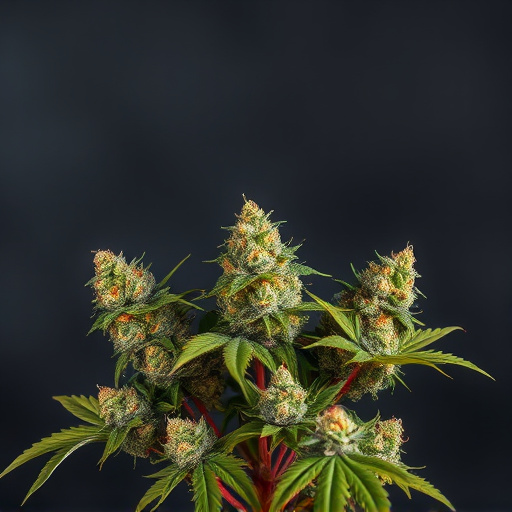
The relationship between anxiety and appetite is a complex dance, often highlighting the intricate connection between mental health and physical cravings. Research suggests that feelings of anxiety can significantly impact eating habits, leading individuals to seek comfort in food as a coping mechanism. This phenomenon is particularly relevant when considering the growing popularity of anxiety weed strains—cannabis varieties known for their potential anxiolytic (anxiety-reducing) effects. Many users report increased appetite after consumption, often referredring to it as “the munchies.” This effect is attributed to the interaction between cannabis compounds, such as THC, and the body’s endocannabinoid system, which plays a role in regulating mood, memory, and appetite.
Understanding this dynamic can offer valuable insights into why some individuals turn to substances like cannabis to manage anxiety symptoms, albeit temporarily. While it provides a quick fix, relying on food or substances for emotional support may not address the underlying causes of anxiety. Thus, exploring alternative coping strategies alongside seeking professional help could be a more sustainable approach to managing both anxiety and appetite-related cravings.
Weed Strains and Their Effect on Hunger: A Scientific Perspective
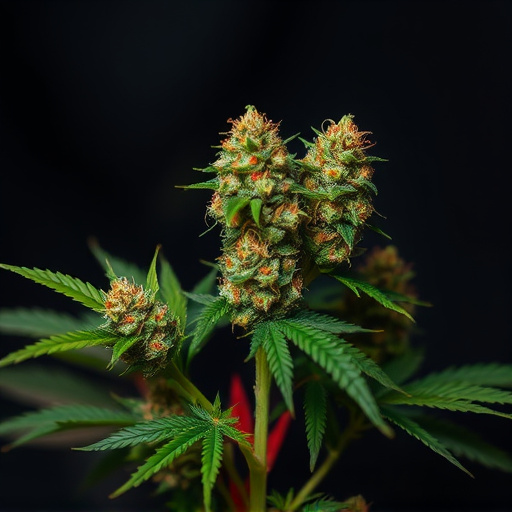
Cannabis, often referred to as “weed,” has been a subject of interest for scientists studying its effects on appetite and hunger. Among various factors, specific strains play a significant role in triggering what’s commonly known as the “munchies.” Research suggests that different cannabis strains can influence hunger levels due to their unique chemical compositions, particularly the levels of tetrahydrocannabinol (THC) and cannabidiol (CBD). Higher THC content is often associated with increased appetite, while CBD has been linked to potential anti-anxiety effects, which could counteract hunger pangs in some individuals.
Anxiety weed strains, characterized by higher CBD and lower THC levels, are gaining attention for their potential therapeutic benefits, including managing stress and anxiety without intensifying hunger. This is particularly relevant as understanding the relationship between cannabis consumption and appetite can provide insights into its medical applications. Studies exploring these connections contribute to a growing body of knowledge, helping users make informed decisions about strain selection based on desired effects, especially when addressing conditions like anxiety.
Understanding the Neurobiology Behind The Munchies
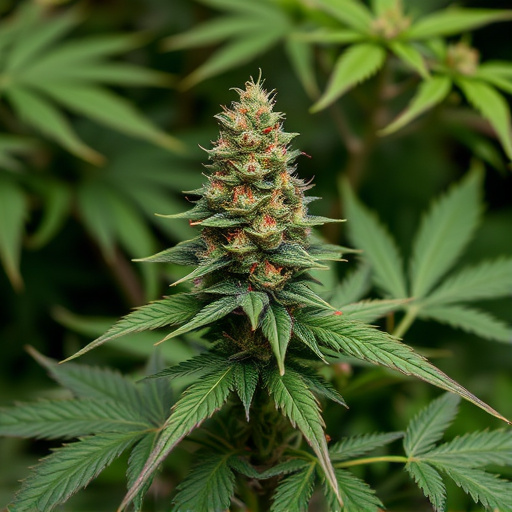
The “munchies,” a well-known phenomenon among cannabis users, is more than just an appetite surge. It’s rooted in the intricate dance between our brain’s reward system and the effects of certain compounds found in cannabis, particularly THC (tetrahydrocannabinol). When introduced to the brain, THC binds to cannabinoid receptors, triggering a cascade of neurochemical reactions that can intensify sensory experiences and alter mood. This interaction isn’t just about pleasure; it also influences appetite regulation.
Anxiety, often linked to specific weed strains, can paradoxically amplify the munchies effect. The stress response, activated by anxiety, releases hormones like cortisol, which in turn affects ghrelin (the hunger hormone) levels and food seeking behavior. Understanding this neurobiological interplay is crucial in exploring why cannabis users experience intense cravings, especially for high-calorie, high-fat foods—a double-edged sword that can impact both health and overall well-being.
In understanding the science behind the “munchies,” we’ve explored the complex interplay between anxiety and appetite, the specific effects of different weed strains on hunger, and the neurobiological mechanisms at play. The connection between anxiety and increased appetite is well-documented, while certain cannabis strains have been shown to stimulate cravings for high-calorie foods. By delving into these aspects, we’ve illuminated the intricate relationship between mental health, neuroscience, and dietary habits. As research continues, it’s essential to note that moderation and awareness are key, especially when considering the impact of anxiety and weed strains on our eating behaviors.



